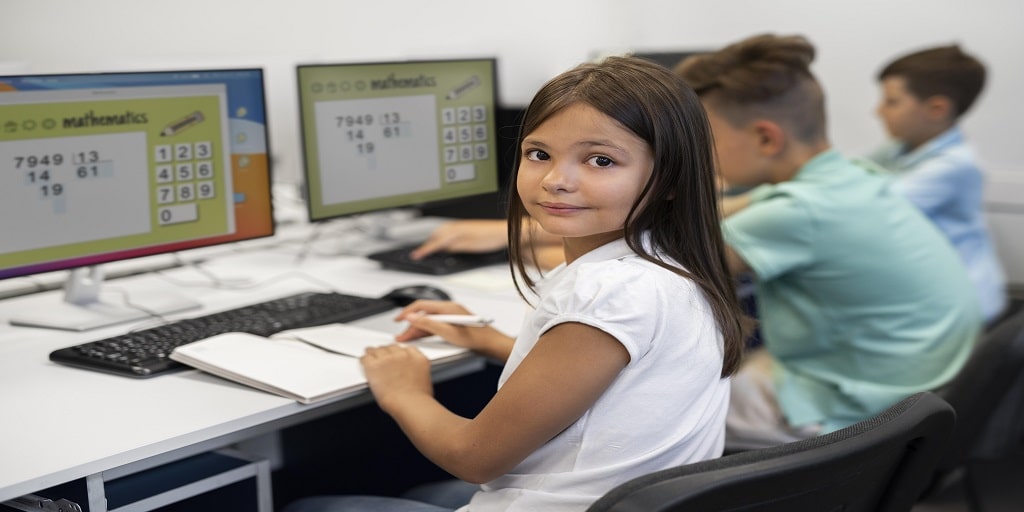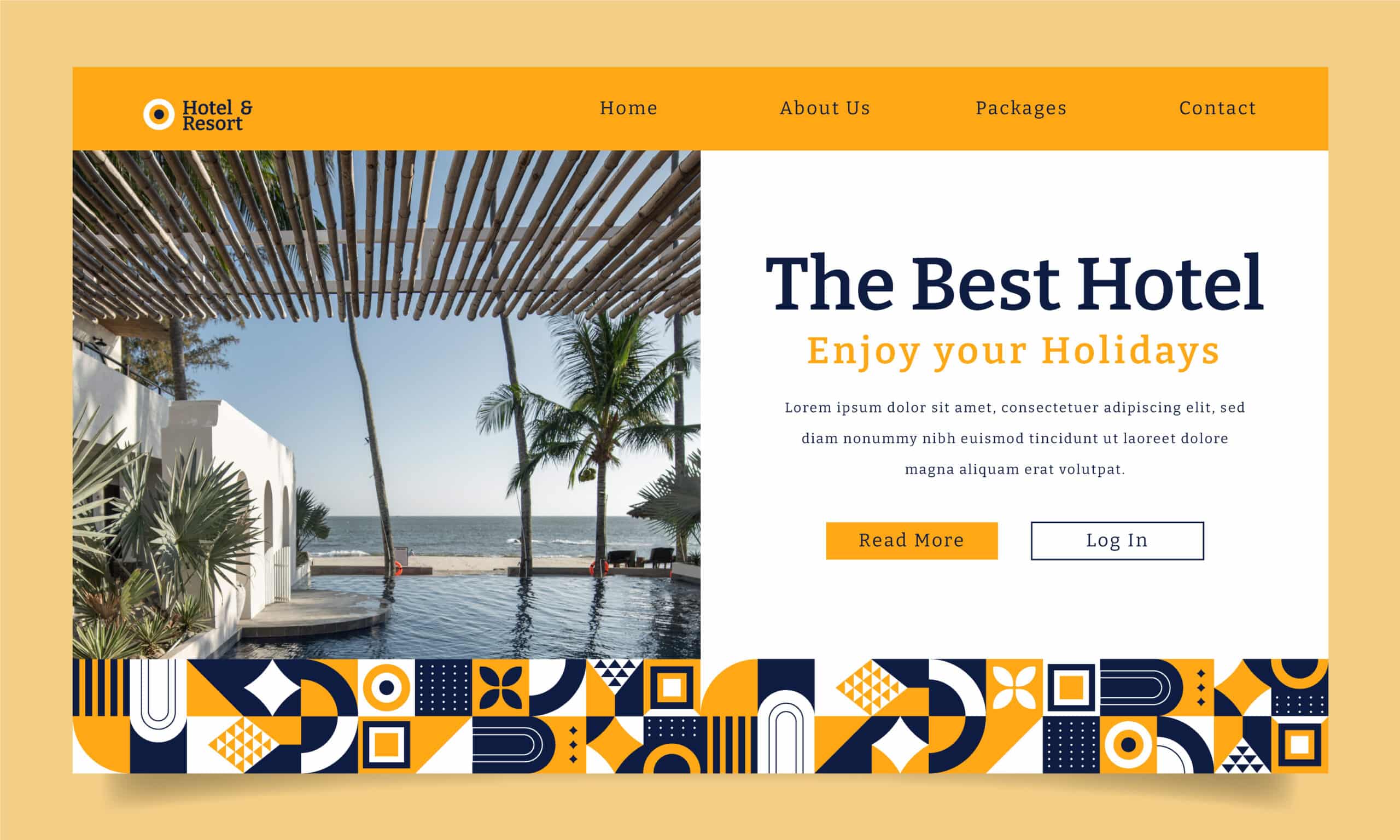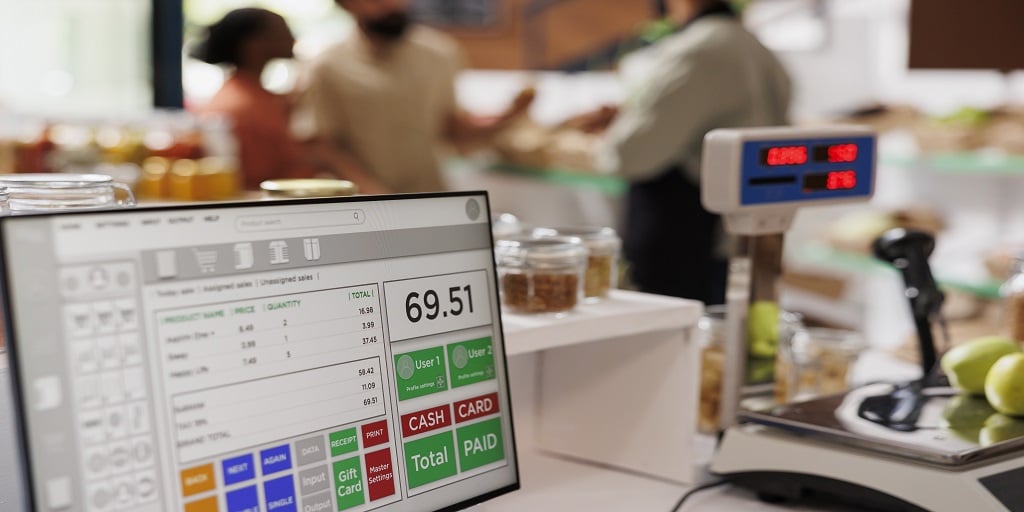In classrooms across Oman, the future of learning is taking shape—one digital innovation at a time. Schools once grounded in chalkboards and printed textbooks are now equipped with interconnected systems that transform learning and teaching into dynamic, data-driven experiences. A key pillar in this shift is the adoption of LMS for schools in Oman, which fosters collaboration and personalized instruction within classrooms and beyond.
As education modernization accelerates, a growing number of public and private institutions are reimagining how knowledge is delivered, received, and evaluated. Smart education software isn’t just an accessory—it’s redefining the purpose and power of education itself.
The Dawn of Smart Education in Oman
Oman’s educational landscape is progressing rapidly through technology-led transformation, fueled by national goals for quality learning, digital literacy, and innovation. Where classrooms were once static spaces, they are now becoming ecosystems of creativity and interactivity. Advanced tools such as SMART Board RX Series, cloud-based assignments, and virtual collaboration are no longer isolated experiments—they’re everyday realities enabling personalized instruction and real-time feedback.
Teachers are becoming facilitators of exploration rather than mere conveyors of information. Students learn not just content but also how to think critically, analyze multimedia data, and collaborate across digital platforms. These structural changes signal a broader cultural shift toward lifelong learning habits that prepare young Omanis for evolving global industries.
Smart education systems ensure that students in rural and remote areas gain the same access to quality learning as those in urban centers. Through centralized digital resources, Oman is building a more inclusive pathway to academic excellence—one that truly goes “beyond textbooks.”
The Evolution of Education Technology in Oman
Oman’s education system has advanced remarkably over the past decade, embracing technology as a foundation for modern learning. Strategic reforms, national initiatives, and school-level innovations have collectively redefined how students learn and teachers teach.
Aligned with Vision 2040 Goals
The nation’s Vision 2040 emphasizes human capital development through innovation, pushing for investments in IT infrastructure, digital tools, and Education Solutions Oman that empower both teachers and learners.
Smart Classrooms and Early Adoption
What began as pilot smart classroom programs in Muscat’s private institutions has evolved into a nationwide movement—integrating tablets, virtual platforms, and real-time assessments into day-to-day education.
Pandemic as a Digital Catalyst
COVID-19 marked a pivotal shift toward remote and hybrid learning. Schools swiftly implemented e-learning and virtual collaboration platforms, proving that digital readiness is vital for consistent education delivery.
Building Digital Teaching Proficiency
Teacher training programs have expanded to include software literacy, ensuring educators can effectively use Education Software Oman for lesson planning, student tracking, and interactive classroom management.
Localization and Accessibility
The Ministry of Education’s collaboration with technology providers has led to software tailored specifically for Omani curriculum standards and Arabic language inclusion—making digital tools more relevant to local needs.
Sustained Progress and Integration
From urban centers to regional schools, digital adoption continues to scale, supporting equal access to quality education and driving Oman toward a resilient, knowledge-based future.
The Power of Data: Analytics and Online Assessment Tools
Smart education is no longer defined by exams—it’s about improvement, insight, and innovation. Data analytics and assessment platforms are transforming how progress is measured, taught, and understood across Omani classrooms.
From Grading to Growth
Traditional exams focused on marks; today’s digital systems focus on learning patterns. The emergence of online assessment tools Oman allows educators to track understanding in real time, uncover learning gaps, and personalize feedback with precision.
Actionable Insights for Educators
Modern platforms analyze performance across quizzes, assignments, and participation activities. This data reveals how students learn, not just what they know—empowering teachers to tailor lessons for maximum engagement and progress.
Automation that Saves Time
Automated analytics minimize manual grading and administrative tasks, freeing teachers to concentrate on creative teaching approaches and student interaction. Real-time dashboards display individual and class-level performance metrics effortlessly.
Adaptive Feedback for Students
Students benefit from instant feedback loops that help them understand mistakes and improve continuously. This dynamic approach builds accountability, motivation, and deeper concept mastery.
Evidence-Based Academic Decisions
Schools use comprehensive reports from these platforms to make data-backed curriculum adjustments, identify focus areas, and strengthen their teaching strategies with measurable outcomes.
Improved Results and Stronger Relationships
Schools integrating digital assessment tools have observed higher retention rates, better exam performance, and stronger communication between teachers and parents—thanks to transparent progress tracking that goes beyond test scores.
Interactive Learning and Student Engagement
Modern classrooms are shifting from silent note-taking to lively exploration. Technology is bridging curiosity with creativity, allowing students to learn through interaction instead of memorization.
From Passive to Participatory Learning
The adoption of interactive learning software Oman has redefined how lessons are delivered and experienced. Instead of reading or listening passively, students now experiment, collaborate, and visualize information through digital
simulations and interactive media.
Immersive Learning Experiences
With tools supporting 3D simulations, augmented reality (AR) experiments, and gamified quizzes, learners can explore science, history, and math in vividly engaging environments. Complex theories become tangible ideas students can test in real time.
Appealing to All Learning Styles
Interactive tools cater to diverse learners—visual, auditory, and kinesthetic—ensuring no student is left behind. Direct manipulation of content improves comprehension, focus, and long-term retention compared to traditional study methods.
Gamification for Motivation
Features like points, levels, and rewards turn learning into a fun challenge. These gamified elements promote healthy competition, consistency, and group collaboration while strengthening problem-solving skills.
Flexible and Data-Backed Teaching
Teachers benefit from customization options, allowing them to modify activities based on student responses or performance analytics. Real-time reports help adjust pacing and content for maximum classroom impact.
Educating through Inspiration
Omani institutions adopting these methods are seeing enthusiastic learners, enriched discussions, and growth in creativity. Many classrooms now utilize SMART Board MX Series and GX Series technology, enabling interactive lessons that foster engagement and deeper understanding.
Emerging Technologies
Innovations like virtual reality in the classroom are gaining momentum, with schools exploring the best VR headset for education to deliver immersive, experiential learning that traditional methods cannot replicate.
Empowering Teachers through Smart Platforms
Behind every successful smart classroom is an empowered educator. Teachers are bridging technology and meaningful learning outcomes.
- Modern software equips educators with powerful tools to manage classrooms, streamline tasks, and personalize student engagement.
- Integrated dashboards simplify communication, resource sharing, and grading—allowing teachers to prioritize mentorship and creativity.
- Many classrooms adopt the SMART Board 6000S Series, enhancing interactive learning with advanced digital whiteboard capabilities.
- AI-driven curriculum planners suggest adapted content and practice exercises tailored to each class.
- Automated record-keeping, attendance tracking, and analytics eliminate administrative burdens.
- Continuous professional development modules within platforms help teachers stay updated and confident in using technology.
- These platforms encourage educators to become innovators, motivators, and data-driven decision-makers.
Building Collaborative Classrooms: The Role of Learning Management Systems (LMS)
True digital transformation thrives on connection—and Learning Management Systems (LMS) are at the center of that network. They unify students, teachers, and administrators within one digital ecosystem, fostering collaboration and continuous communication across the classroom and beyond.
A Unified Platform for Learning
LMS platforms create a single hub for assignments, announcements, and resources. Teachers upload materials, students access them instantly, and parents track progress—all from a centralized space.
Streamlined Communication and Coordination
Integrated messaging tools and discussion boards allow teachers and students to collaborate in real time. Virtual classrooms support continuous dialogue, promoting teamwork even outside school hours.
Centralized Progress Tracking
Teachers can easily monitor attendance, grades, and student performance without toggling between multiple systems. The LMS consolidates everything, saving time and improving accuracy.
Enhanced Parental Involvement
Parents receive regular updates about student performance, attendance, and assignments through the platform. This transparency fosters stronger home-school connections and proactive involvement in learning.
Flexibility and Accessibility
Cloud-based access ensures that learning continues anywhere. Whether students are in class, at home, or traveling, they can engage with coursework seamlessly across devices.
Efficient Administration and Reporting
Administrators utilize LMS analytics to measure teaching efficiency, identify improvement areas, and optimize workflows. Reports help guide planning based on data—not assumptions.
Driving Collaborative Learning Cultures
Omani schools using LMS platforms are discovering how digital collaboration enhances creativity, accountability, and academic results. These systems have evolved from e-learning tools into the backbone of connected, transparent, and modern education environments.
Measurable Results: Tangible Impact on Learning Outcomes
The true value of education technology is reflected in measurable progress, not just innovation. Omani schools adopting smart systems are seeing clear academic improvements and operational efficiency gains.
Improved Student Performance
Data-driven tools and adaptive assessments help identify weak areas early, leading to better test results and stronger subject understanding.
Higher Engagement Levels
Interactive platforms make lessons more dynamic and participatory, increasing attendance and sustained student interest across subjects.
Time Savings for Teachers
Automation in grading, planning, and reporting saves educators nearly 30% of their time, allowing greater focus on personalized teaching.
Beyond Short-Term Gains
These advancements build a sustainable learning environment where technology supports long-term academic growth and consistent institutional excellence.
Education Technology as a Strategic Investment for the Future
Education technology in Oman is a key pillar in national economic and human capital development.
- As industries digitalize, Oman focuses on building a generation with skills in technology, analytics, and innovation.
- Vision 2040 drives partnerships integrating e-learning and STEM programs supported by global EdTech providers.
- Local startups innovating with Arabic-language tutoring apps and mobile education solutions fill regional gaps.
- Virtual exchanges and global learning platforms expose students to international perspectives.
- Oman’s long-term goal: develop a tech-savvy workforce grounded in cultural values and ready for global challenges.
- Schools increasingly explore virtual reality headsets for education technology to expand experiential learning opportunities.
Challenges and Strategic Pathways
While Oman’s digital education transformation is accelerating, several challenges still need strategic planning and collaboration to ensure long-term success.
Infrastructure Limitations
Uneven internet access and hardware availability in remote areas slow down the countrywide adoption of digital learning systems.
Teacher Readiness
Not all educators are fully trained in using advanced tools, creating uneven digital literacy levels across institutions. Ongoing professional development is essential.
Data Security and Privacy
As schools collect more student data, safeguarding information against breaches becomes a growing operational concern.
Implementation Costs
Budget constraints can limit access to premium tools, especially for smaller schools in rural regions. Scalable, cloud-based solutions can help reduce these costs.
Sustainability and Integration
To maintain momentum, adoption should focus on long-term, adaptable frameworks that evolve with technological advancements rather than one-time software installations.
Oman’s path forward depends on collaboration among government bodies, private EdTech providers, and schools to create a unified, inclusive, and future-ready education ecosystem.
The Road Ahead – A Connected, Innovative Future
Oman’s journey beyond textbooks is far from over—it’s accelerating. As data analytics, AI-assisted teaching, and virtual collaboration become standard, the nation stands at the frontier of educational transformation. Smart education isn’t only producing better students; it’s building a generation of innovators who think critically and act creatively.
The evolution ahead lies in integration—merging infrastructure, digital policy, and pedagogy into a cohesive national model. With every upgrade and innovation, Oman’s schools are not just catching up with global trends—they are defining them in the Arabic world.
For educators, policymakers, and parents alike, the goal is simple: education that empowers every learner to excel in a knowledge-driven economy.
See how leading Omani schools are thriving with technology
Frequently Asked Questions
1. What is smart education software?
Smart education software combines digital tools that enhance classroom engagement, simplify assessments, and create personalized learning experiences for students and teachers.
2. How does it improve teaching quality?
It streamlines lesson planning, automates grading, and provides real-time performance insights, enabling teachers to focus on creativity and individualized instruction.
3. How are students benefiting from smart learning?
Students gain interactive, multimedia-rich lessons that promote curiosity, collaboration, and critical thinking while adapting to personal learning speeds and preferences.
4. Why are Omani schools embracing digital education?
Schools in Oman adopt smart platforms to modernize learning, improve outcomes, and prepare students for the digital skills needed in tomorrow’s economy.
5. How secure and reliable are education software systems?
Reputable education platforms follow strict data encryption, secure access protocols, and compliance measures to keep student and institutional data completely protected.
6. Can technology align with Oman’s national curriculum?
Yes. Many education software platforms are fully customized for Omani curriculum standards, blending digital adaptability with culturally relevant learning content.
7. Are smart education tools cost-effective for schools?
Yes. Cloud-based models reduce hardware costs, automate administrative workflows, and lower paper usage—making long-term digital adoption more efficient and sustainable.
8. What is the future of digital learning in Oman?
Oman is moving toward hybrid classrooms powered by AI, analytics, and interactive platforms that ensure inclusive, collaborative, and globally competitive education systems.



